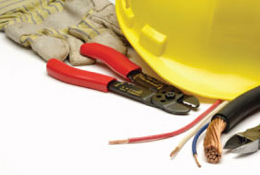Even here in Southern California, our summer is coming to an end and winter is setting in. That means we will be replacing the use of our Air Conditioners with Heaters. We, as Southern California HVAC technicians, will come to your home or business and do all the necessary work required to make sure your AC Unit is cleaned and ready to be put in “hibernation” mode till the next summer. This means that when the heat waves come again, you can rest assured that your AC Unit will work properly as it is intended. This will not only give you peace of mind, but it will greatly extend the life span of your AC Unit, which directly relates to money savings for you int he long run.
In the same token, our HVAC Technicians will be able to prep your heating unit and make sure it is ready to take on the work of keeping you and your family warm in the coming winter months. That means we will check all the moving parts, connections, fluid levels so that your heater does not break down and literally leave you in the cold.
Remember, a little maintenance now will save you a great deal of money in the future. Power Plus Services is ready to available to provide maintenance service to the entire Southern California area of homes and or businesses. Give us a call, you will not be disappointed!!!













